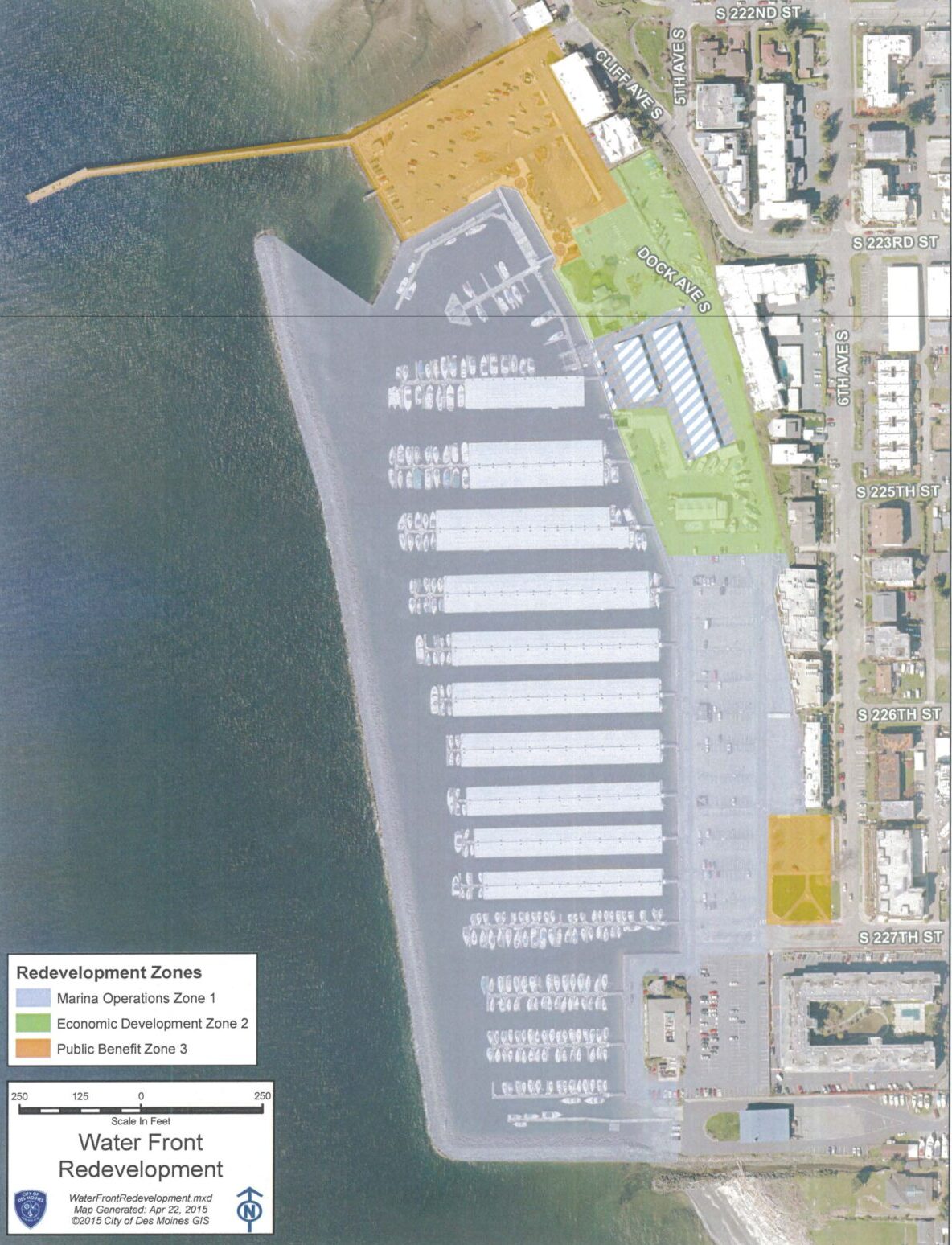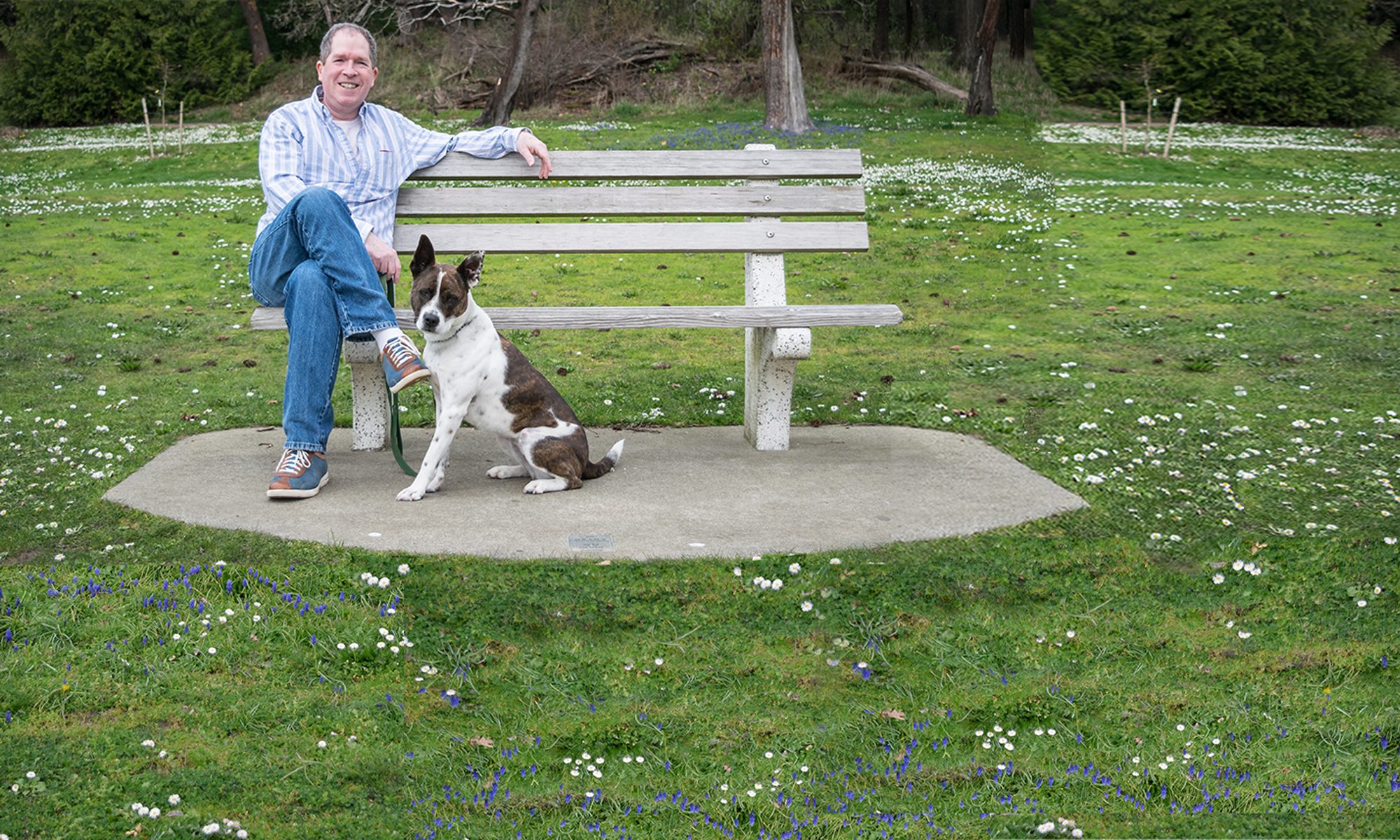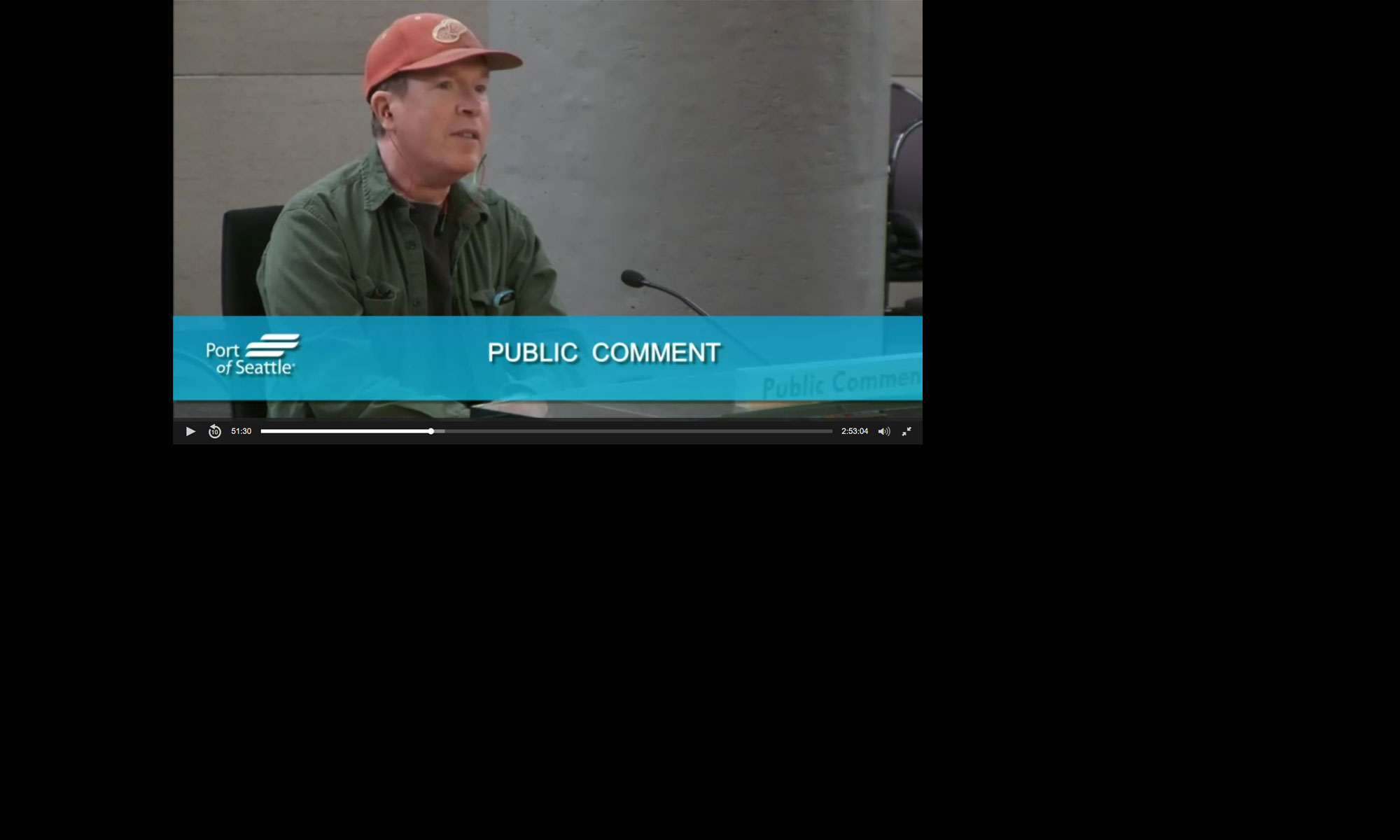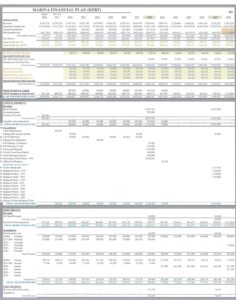At this meeting, the council received, what I considered at the time, to be a fairly sensible plan for dock replacement. It kept the dock finances and the seawall separate and did not pretend to address big ‘plans’.
The City got yelled at because one method of financing depended heavily on raising moorage rates and raising fuel costs, both of which had always been below market rate. But that had always been intentional; the Marina had been intended as a public marina. What the boat owners failed to acknowledge at the time was that by now most people paying for moorage did not live in Des Moines.
May 14, 2015 City Council Packet

Financing
Of course, the budget spreadsheet (the stuff you really should care about) was not formatted properly in the Packet. So I’m putting those items on separate images in hopes that they are more readable.
The Plan
The plan divided the Marina into four zones.
Zone 1
- Includes such assets as docks, tenant restrooms, tenant parking, office building, maint shop, etc.
- Includes customer revenues such as moorage, fuel, utilities, retail sales, launch fees, etc.
- Includes operational costs such as asset maintenance, customer billing, administration, service delivery, etc.
- Includes Dry Sheds rentals (initially).
Marina operations are considered its own business enterprise. Revenues from customers are used to maintain operations as well as repair and replace assets. It currently has outstanding debt that won’t be paid off until 2028. Some debt will pay off in 2022. A business model will be created to reflect these factors and address the capital replacement needs of the Marina operations in Zone 1.
Zone 2
- Includes such current assets as boat yard, general parking lots up to Zone 3.
- Includes current development revenues such as building lease revenue.
- Includes operational costs such as asset maintenance, etc.
This zone has tremendous future opportunity for the city. The goal of this zone is to cover its own operating and capital costs, foster private enterprises to generate property, B&O and sales tax for the general fund and provide activities to make the water front a destination location.
The next step in developing this zone is to expand the boat yard allowing the existing tenant to grow his business. Increasing the yard by 6,000 sq ft will cost about $12,000 and will be paid by cash and recovered from a lease rent increase. A more extensive building and yard expansion as well as purchase of a new travel lift will require additional debt and could cost as much as $735,000 in construction costs. This type of investment will require new debt. More considerations of expansion options and costs is warranted. The lease should reflect the greater value to the private business and be set to at least cover the cost of the investment. The city cannot afford to subsidize private businesses. The risk to the city is if we incur the debt and the business goes out of business, the city is left making the debt payment without a revenue source.
Future planning steps are to explore opportunities for private development, private public partnerships, and/or such things as development of Public Development Authority. The city does not have the bonding capacity or revenue base to aid in investment so other sources are needed. Direct revenues created in this zone need to be maintained for the operations, capital replacement and debt service for this zone.
Zone 3
PUBLIC BENEFIT
- Includes such assets as the fishing pier, public restrooms, the north parking lot, entrance/parking for the Beach Park, etc.
- There are no current revenue sources generated by this zone.
- Includes operational costs such as asset repairs, restroom cleaning repairs, and event support.
This zone faces considerable fiscal challenge as it has assets but no specific source of revenue with which to maintain, improve or replace those assets. This zone is not necessary to the continuity or functioning of the Marina operations. The major challenge here is the replacement of the bulk heads around the parking lot and the front of the Beach Park and on-going maintenance of the pier.
This is zone is for public benefit and it is reasonable to expect it to be paid for with public funds. Accordingly, the $5 million dollars or so that it will take to replace the bulk heads would come from public sources. This may take the form of grants as well as debt bonding. As the city does not have the financial capacity for additional bonded debt with current revenue levels, then the debt request would be put to the voters for approval of a special property tax levy. If the public does not want to support maintaining access to the water front area, then they city would be left with a few choices: 1) do nothing until the bulk heads fail and then close access or 2) transfer ownership to someone that does have resources to replace the bulkheads. In addition to the Economic Development Zone the desired level of parking availability in this zone is also an issue to be studied.
In addition to asset replacement issues, there is the on-going cost of maintaining the pier, parking lot, public restrooms and labor used to facilitate special events. Debt financing is not an appropriate source to pay for these costs and so a different revenue source is needed. Paid parking is one possible source. A public access pass may be
Zone4 (Redondo)
PUBLIC BENEFIT
- Includes such assets as, Boardwalk, rental buildings, boat launch, parking lot, public restroom, etc.
- Parking fees are the single revenue source.
- Includes operational costs such as asset repairs, restroom cleaning /repairs, and event support.
A sustainable business plan for this area will be developed recognizing the limited revenue from this zone will likely not be sufficient to pay for capital replacement or major repair costs of the Boardwalk; but the goal would to be otherwise self sustaining.
| Dock | Year Added | Year of Replacement | Age at Replacement | Cost |
|---|---|---|---|---|
| M | 1970 | 2030 | 60 | 1,750,000 |
| N | 1970 | 2033 | 63 | 1,800,000 |
| L | 1970 | 2035 | 65 | 1,800,000 |
| K | 1970 | 2037 | 67 | 1,800,000 |
| I | 1970 | 2037 | 70 | 1,825,000 |
| H | 1970 | 2042 | 72 | 1,850,000 |
| A | 2002 | 2043 | 41 | 1,850,000 |
| B | 2003 | 2045 | 42 | 1,950,000 |
| C | 2004 | 2047 | 43 | 1,950,000 |
| D | 2005 | 2049 | 44 | 2,000,000 |
| Grand Total | 18,750,000 |
| Dock | Year Added | Year to Replace | Age at Replacement | Cost |
|---|---|---|---|---|
| M | 1970 | 2027 | 57 | 1750000 |
| N | 1970 | 2027 | 57 | 1750000 |
| L | 1970 | 2027 | 57 | 1750000 |
| K | 1970 | 2030 | 60 | 1819048 |
| I | 1970 | 2030 | 60 | 1800000 |
| H | 1970 | 2030 | 60 | 1800000 |
| A | 2002 | 2042 | 40 | 1826250 |
| B | 2003 | 2042 | 39 | 1800000 |
| C | 2004 | 2042 | 38 | 1800000 |
| D | 2005 | 2042 | 37 | 1800000 |
The Beginning (not the End)
Next Steps
- Zone I – Revise Marina financial plan to remove other zone
revenues/expenses and re-evaluate marina plan. - Zone 2 – Create Economic Development plan. New resources
ideas to explore may include such things as Port partnership, new
city debt, formation of Public Facility District. - Zone 3 – Create Public Access financial plan. New resource ideas
to explore may include such things as Voter Approved bond issue
(new property taxes), Port partnership, parking fees. Creation of
parking structure to be considered. - Zone 4 – Create Redondo financial plan. New resource ideas to
explore are additional building rent and increases to parking and/or
launching fees. Possible cost reductions may include labor reduction
of summer staffing; reduction in parking tax %.
In conclusion, tough choices need to be made. By breaking the larger issue into smaller,distinct activities and then matching revenue sources to those individual activity costs, new approaches become possible to solve old problems.





Comments
Comments are closed.